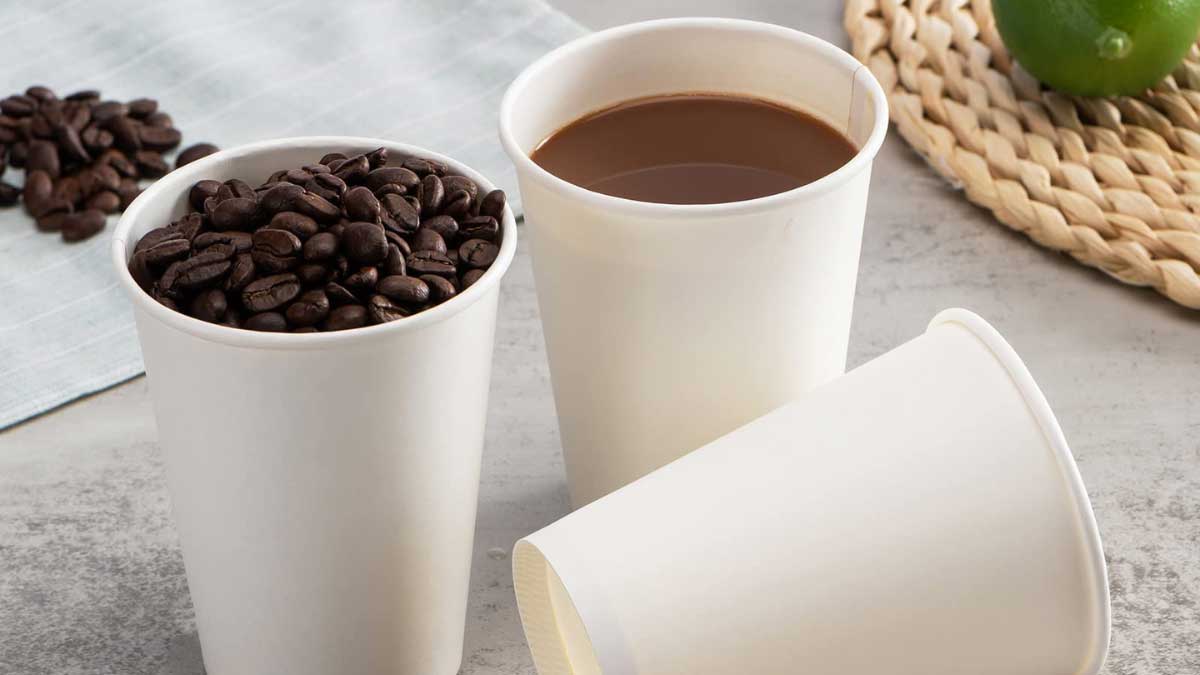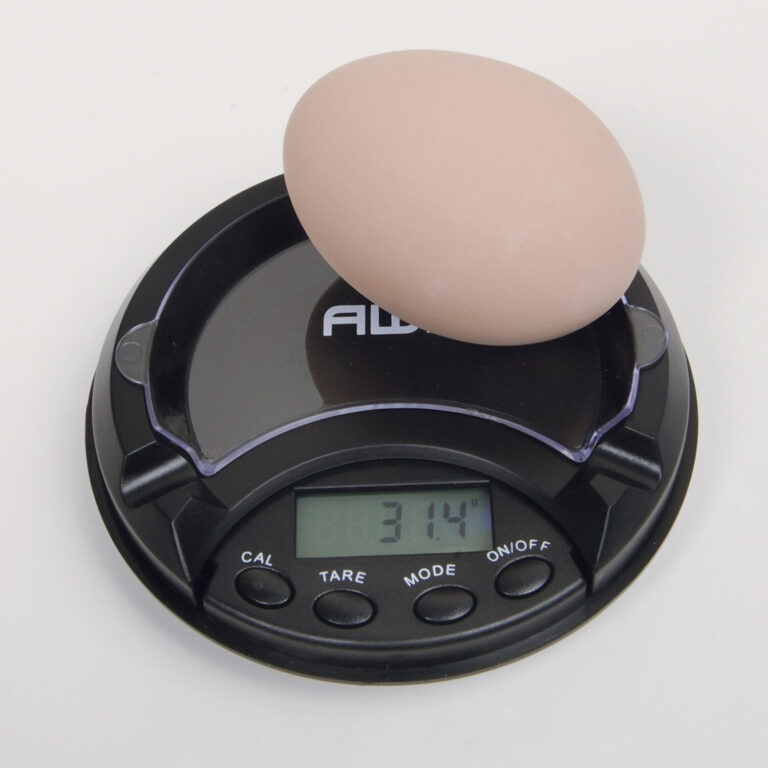How Heavy is 12 Ounces: Everyday Comparisons Explained
When you think about weight, 12 ounces might not seem significant, but it’s a common measure in everyday life. From kitchen ingredients to everyday items, understanding how heavy 12 ounces is can offer practical insights. This weight is just shy of a pound, with a pound being 16 ounces.
Imagine holding a can of soda or a small book—these are items that weigh around 12 ounces. It’s a weight that balances between being light enough to carry easily yet substantial enough to feel in your hand. By exploring items that weigh 12 ounces, you’ll gain a better grasp of this seemingly modest unit and how it fits into your daily experiences.
Key Takeaways
- Understanding the weight of 12 ounces is important in daily activities, as it equates to three-quarters of a pound or about 0.34 kg.
- Distinguishing between weight ounces and fluid ounces (volume) is crucial to avoid confusion, especially in recipes and cooking.
- Visualizing 12 ounces by comparing it to common items, such as a can of soda or a loaf of bread, helps grasp its weight without a scale.
- Knowing how to convert 12 ounces into other units, like pounds and kilograms, facilitates accurate measurements in different contexts.
- Familiarity with the weight of 12 ounces enhances precision in cooking, shipping, and purchasing, ensuring you make informed decisions.
Understanding Ounces and Their Significance
An ounce (oz) serves as a fundamental unit of weight in everyday applications. Whether you’re weighing ingredients for a recipe or comparing product weights, knowing ounces helps you make sense of measurements.

Difference Between Ounces and Fluid Ounces
- Ounces (oz): This unit measures weight. For instance, weighing 12 ounces could mean gauging a large hamster or a can of soup.
- Fluid Ounces (fl oz): This measures volume, often used for liquids. For example, 12 fluid ounces of water weigh approximately 12.5 ounces. The density of the liquid affects this conversion.
Understanding these distinctions aids in accurate interpretation, especially when dealing with both solids and liquids.
Why Knowing the Weight Matters
When cooking or purchasing goods, comprehending the weight of 12 ounces is crucial. Accurate weight measurements ensure recipe consistency and help you compare product sizes effectively. For instance, dry ingredients use weight to account for varying densities and compaction, while liquids prioritize volume. Knowledge of these differences enhances both precision and understanding in daily tasks.
Visualizing 12 Ounces in Everyday Items
Understanding the weight of 12 ounces gains clarity when compared to familiar objects. These comparisons help you grasp its heft without needing a scale.
Common Household Objects
Items in your home can provide a reference for 12 ounces. An American football, weighing between 14 and 15 ounces, is about four-fifths as heavy as 12 ounces. Similarly, a soccer ball weighs approximately 15 ounces, making it close to the same weight. Conversely, items like a billiard ball or hockey puck, which weigh between 5.50 and 6 ounces, weigh about half as much as 12 ounces. Furthermore, a baseball, at roughly 5.125 ounces, weighs around two-and-a-half times less than 12 ounces. A standard deck of 52 playing cards, weighing about 3.30 ounces, is approximately three-and-a-half times lighter.
Everyday Foods
In the kitchen, weigh the impact of 12 ounces using common food items. A common can of soda usually weighs about 12 ounces, providing a direct comparison. Consider a loaf of bread—many mid-sized loaves weigh around this amount. Visualize a large apple or a grapefruit, each typically weighing close to 12 ounces. These comparisons offer tangible insights into how 12 ounces integrates into daily life.
Converting 12 Ounces to Other Units
Understanding how to convert 12 ounces into other units can be crucial in various situations. Whether you’re cooking, purchasing goods, or conducting scientific experiments, having this knowledge enhances accuracy and comprehension.
Ounces to Pounds
In the US, we usually measure weight in ounces (oz) and pounds (lb). If you’re following a recipe or buying groceries, you’ll often see both of these measurements. To easily switch from ounces to pounds, here’s a simple formula:
Formula to Convert Ounces to Pounds:
Pounds (lb)=Ounces (oz)/16
This means that 16 ounces make 1 pound .
For Example:
Let’s convert 12 ounces :Pounds (lb)=12 oz/16=0.75 lb
So, 12 ounces equals 0.75 pounds .
Metric System Conversion
In many other countries, they use the metric system, which measures things in kilograms (kg) and grams (g).
Step 1: Convert Ounces to Pounds
We’ve already figured out that:12 oz=0.75 lb
Step 2: Convert Pounds to Kilograms
Since 1 pound equals about 0.45359237 kilograms , the formula is: Kilograms (kg)=Pounds (lb)×0.45359237
Now, let’s convert 0.75 lb to kilograms: 0.75 lb×0.45359237 kg/lb≈0.34019478 kg
So, 12 ounces = ~0.340 kilograms .
Step 3: Convert Kilograms to Grams
Finally, if you want to know how many grams that is:
Since 1 kilogram = 1000 grams , multiply the kilograms by 1000:0.34019478 kg×1000=340.19 g
So, 12 ounces is approximately 340 grams .
Practical Applications of Understanding Weight
Knowing the weight of 12 ounces expands your understanding of everyday situations. This knowledge proves essential in various activities such as cooking, baking, mailing, and shipping.
Cooking and Baking
In the kitchen, 12 ounces is a frequent measurement for ingredients like flour or sugar. Ingredients in ounces provide precision, especially for dry ingredients where density differs. For example, when measuring 12 ounces of flour, it occupies more volume than 12 ounces of sugar due to its lower density. Using a kitchen scale helps achieve accurate measurements, ensuring recipe consistency and quality.
Mailing and Shipping
In postal services, 12 ounces affects shipping costs significantly. Postage costs often depend on the exact weight of packages. Knowing this, you accurately weigh items to forecast shipping expenses. For instance, mailing a small parcel that weighs around 12 ounces gives insight into expected postal charges, streamlining the process and avoiding surprises. Using this knowledge helps you manage budgets and logistics efficiently.
Conclusion
Grasping the weight of 12 ounces enriches your daily experiences, from cooking to shopping and even mailing. By understanding the distinction between ounces and fluid ounces, you can ensure accuracy in measurements, whether you’re dealing with solids or liquids. This knowledge not only helps in culinary endeavors but also aids in effectively managing shipping costs and logistics. Embracing the ability to convert 12 ounces into various units empowers you to navigate different measurement systems with ease. Ultimately, being familiar with this weight enhances your precision in everyday tasks, making you more adept at handling a variety of situations confidently.







